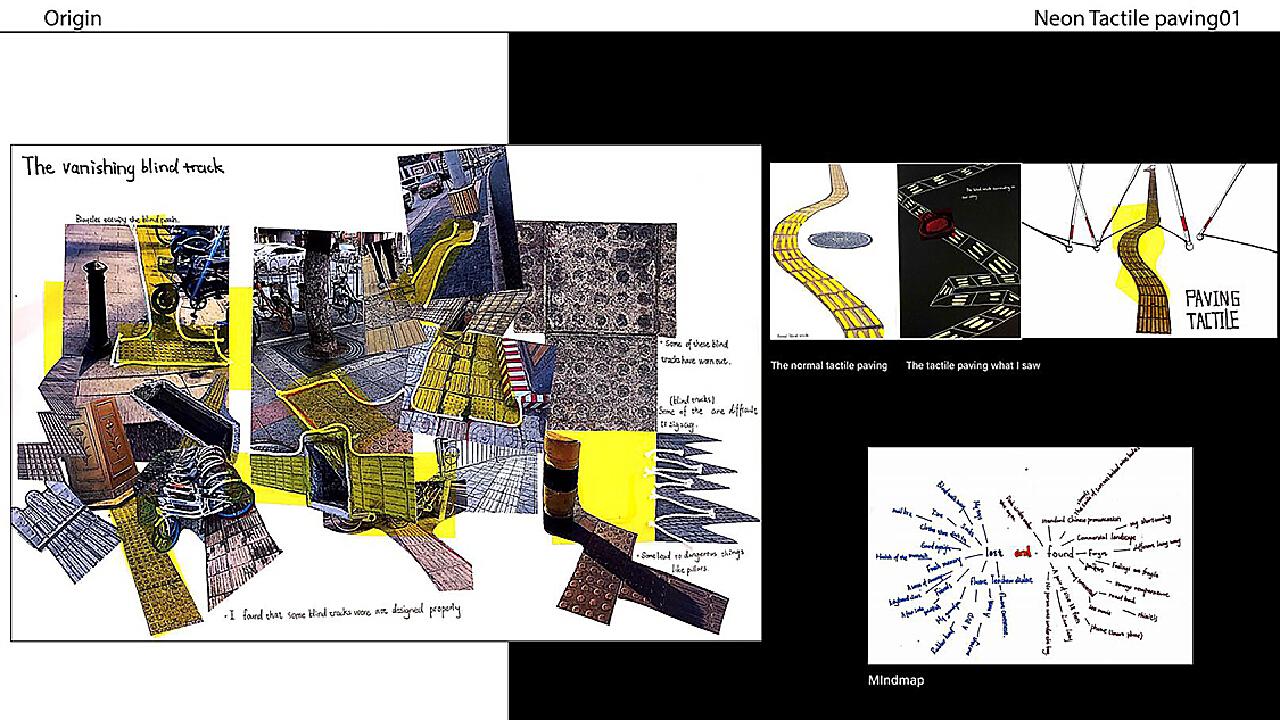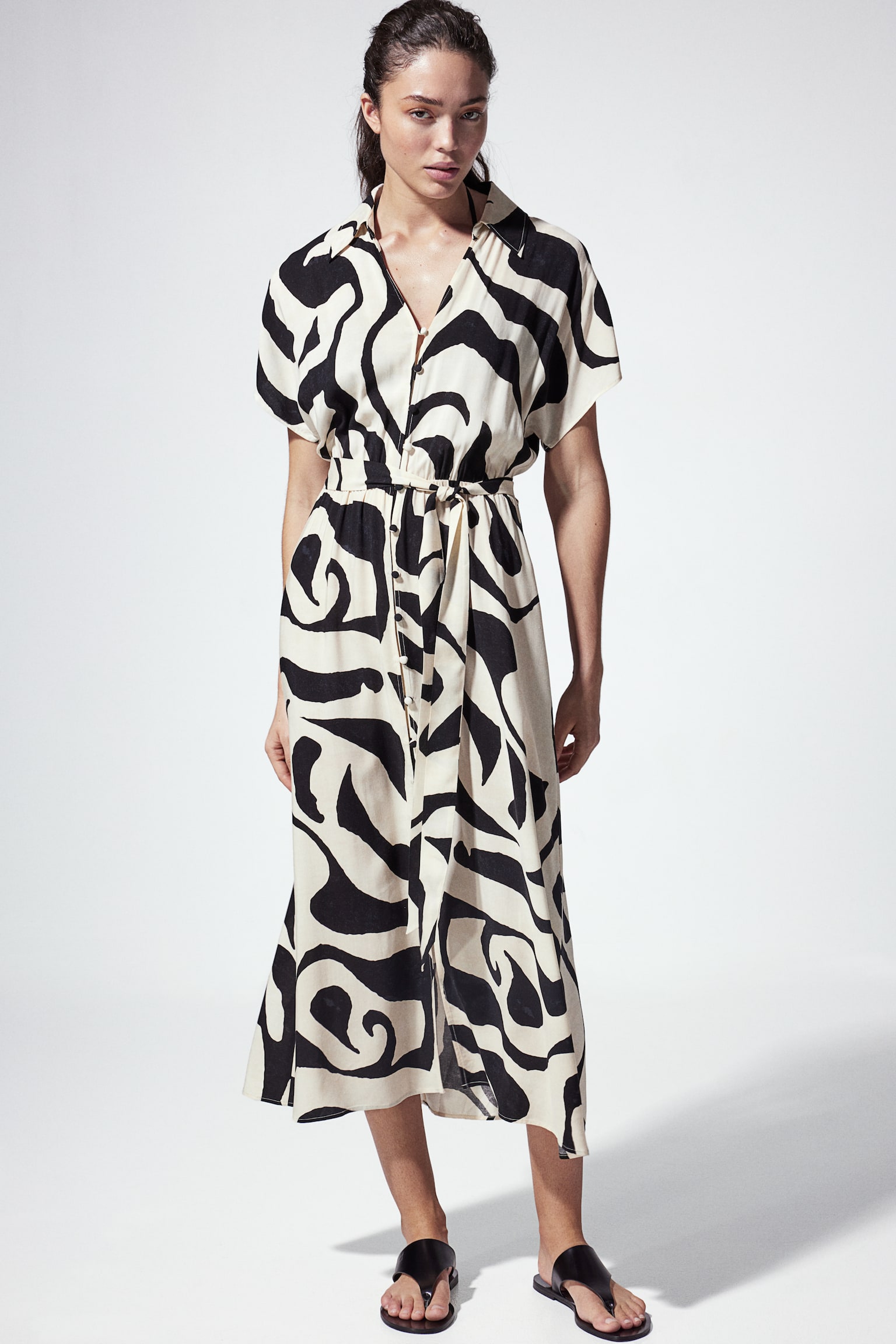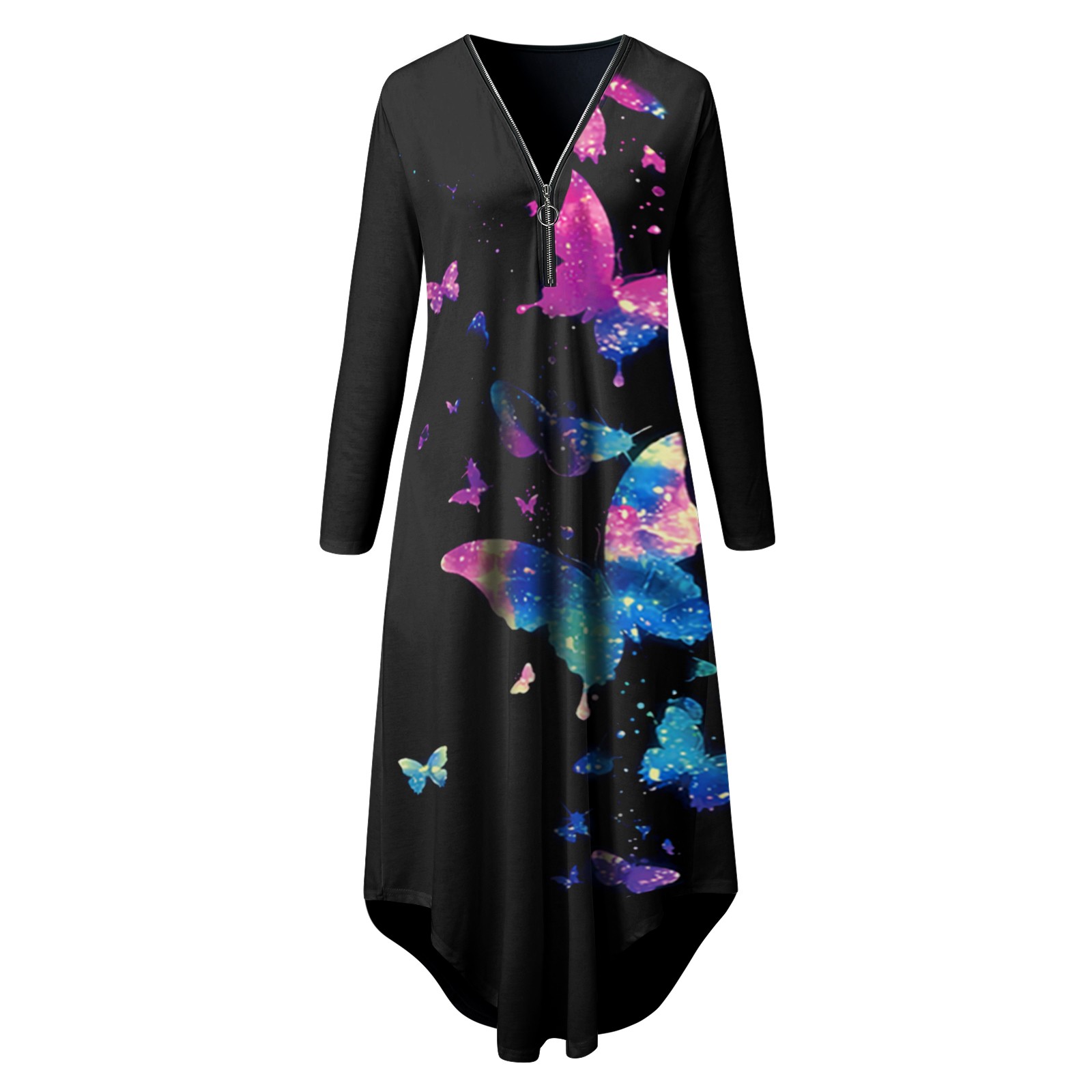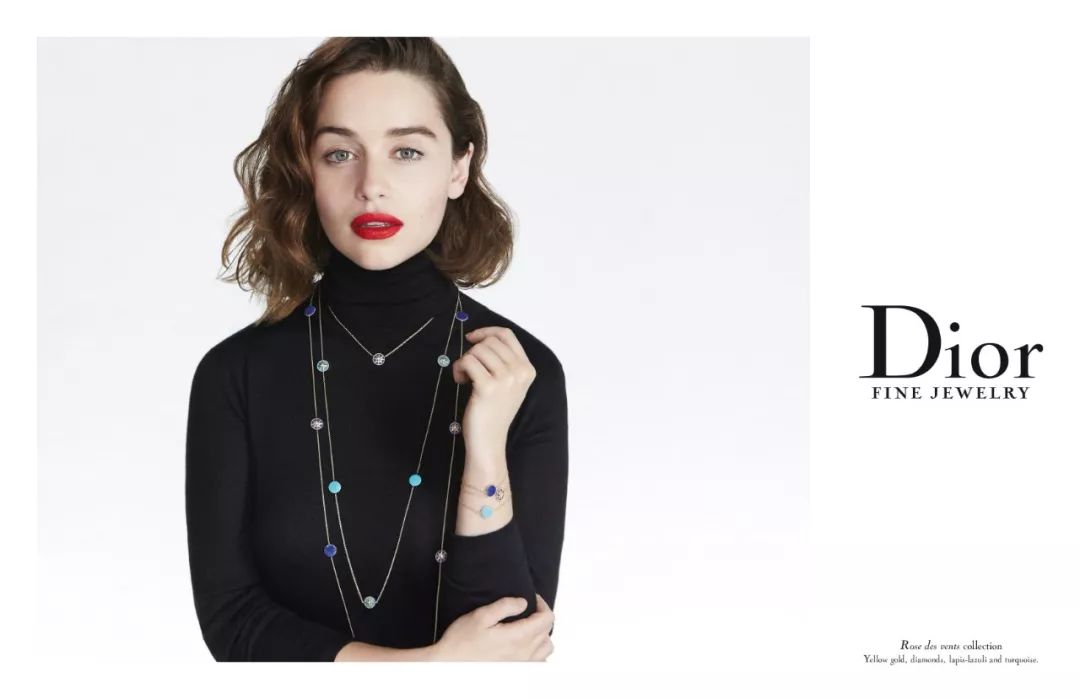Title: Designing a Tie Pattern: From Concept to Creation
This article discusses the process of designing a tie pattern from concept to creation. It begins with the identification of the target audience and the popular styles within that audience. Then, it moves on to the selection of colors and materials that will be used in the design. The article also considers the pattern design itself, including the layout and positioning of the pattern elements. Finally, it concludes with the creation of a prototype and testing it on a volunteer to ensure its viability. The entire process is essential in creating a successful tie pattern that will meet the needs and desires of the target audience.
Neckties have been a staple of men's fashion for centuries, but their styles and patterns have undergone significant changes over time. From traditional plain ties to bold, colorful patterns, the range of tie designs available today is vast. In this article, we will explore the process of designing a tie pattern, from concept to creation. We will highlight the important considerations and steps involved in creating a tie that not only looks great but also remains functional and wearable.
Concept and Design
The first step in designing a tie pattern is to determine its concept and style. This involves considering the intended purpose of the tie, as well as the personality and preferences of the wearer. For example, a tie designed for a formal event such as a wedding or prom would typically be more conservative in style, while a tie intended for casual wear might have a more relaxed and fun design.
Once you have determined the concept and style of the tie, you can begin to explore the different patterns that might suit it. This could include traditional patterns such as stripes, dots, or herringbone, or more unique and creative patterns that reflect the personality of the wearer.

Color and Material
The color and material of the tie are also important considerations. The color should complement the wearer's complexion, eye color, and clothing style. Meanwhile, the material should be chosen based on its durability, breathability, and comfort. For example, a tie made from silk or wool is often chosen for its luxurious feel and warmth. On the other hand, a tie made from cotton or linen might be preferred for its breathability and affordability.
Pattern Placement
The placement of the pattern on the tie is also crucial. It should be positioned in a way that is both visually appealing and functional. For example, if the pattern is too small or too close to the edges of the tie, it may look cramped or messy. Conversely, if it is too large or too far from the edges, it may look boring or uninteresting. The placement of the pattern should be carefully considered to ensure that it is visually balanced and harmonious with the overall design of the tie.
Creating the Pattern

Once you have determined all of these considerations, you can begin to create the actual pattern. This can be done using a computer-aided design (CAD) software program or by hand using traditional drawing techniques. The pattern should be designed in a way that it not only looks great but also allows for easy manufacturing and construction.
Once you have created the pattern, you can then send it to a manufacturer to be produced into actual ties. Alternatively, if you are skilled in sewing or knotting, you can also choose to make your own ties using this pattern.
In conclusion, designing a tie pattern requires careful consideration and planning. By taking into account the concept and style of the tie, as well as the color and material of the fabric, you can create a design that not only looks great but also remains functional and wearable. The placement of the pattern on the tie should also be carefully considered to ensure visual balance and harmony with the overall design. Finally, creating the actual pattern using CAD software or traditional drawing techniques allows you to bring your design to life.
Articles related to the knowledge points of this article::
Title: The Stylish Combination of Necklaces and Ties
Title: A Comprehensive Guide to Womens Tie Patterns: Pictures and Ideas for Every Occasion
Title: Unveiling the World of Mens Tie Patterns: A Comprehensive Guide
Title: The Latest College-Style Bow Tie Variations for a Fresh Look



